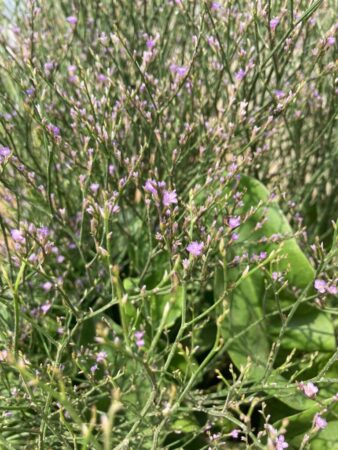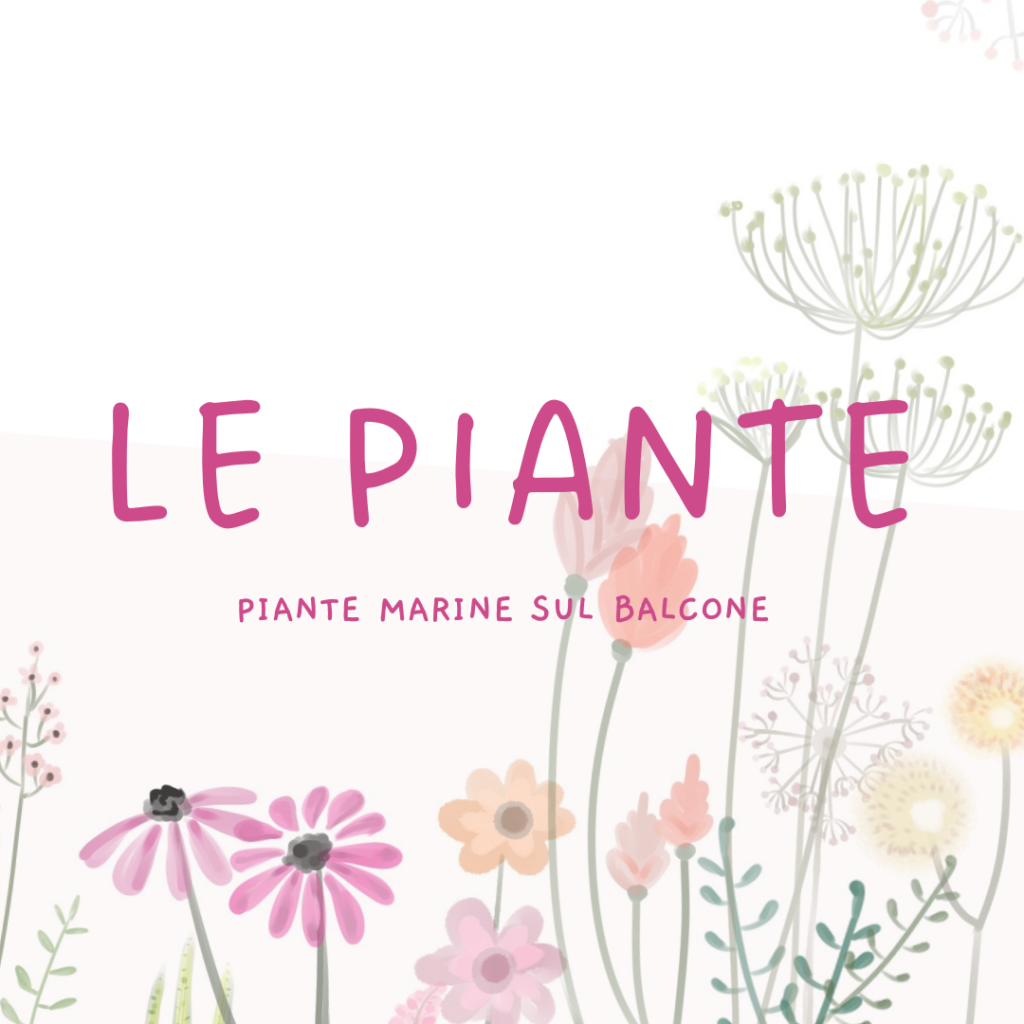Have you ever heard of marine plants?
This definition could meanwhile suggest a reference to algae or other organisms that live directly in the sea waters and which are well adapted to these ecosystems. In particular, it is known that there are plants that proliferate easily in the vicinity of salty waters and which draw extraordinary characteristics from these basins. These are very often actually plants robust, capable of making up for sometimes extreme temperature and water supply conditions, but which despite these difficulties, respond to all of this with inexhaustible energy. Species that are well adapted to saline soils are defined as plants love.
Sea fennel: where it grows and how to care for it
A beautiful example of a halophytic plant is the rock samphire, Crithmum maritimum. It is a perennial bush with grey-green leaves, which you will have been able to admire on isolated cliffs or among the dunes near the Mediterranean Sea. It is he who grows undisturbed and lush kissed by the sun.

Talking to you about how fundamental the relationship between these species and the terrain in which they proliferate is, you might think that only in their original habitat can they perform at their best in vegetation and that it is therefore almost impossible to grow them elsewhere. And instead I will surprise you by telling you that these species are also very adaptable to conditions other than those in which they grow spontaneously. Sea fennel is in fact very manageable both in the garden and in pots, preferably deep, even in the city! It is further interesting to know that even if far from the sea, samphire enjoys excellent health even in winter, withstanding low temperatures and even major frosts! Just think that we have been cultivating it for several years and the plants grow with excellent results even on the plains despite the extremely hot temperatures in summer and sky-high humidity in winter. Last, but not least...did you know that sea fennel is an excellent edible leaf? Savory and crunchy, you can use the young leaves in combination with fish dishes! It is also excellent in oil and as a raw garnish on sauces and croutons. To try!
Sea lavender: where it grows and how to care for it
If you have never had the opportunity to visit the Coastal Botanical Garden of Porto Caleri in Rosolina Mare (RO), mark it for next summers! Always near the sea, a purple cloud that does not take your eyes off the horizon is the spectacular flowering of static sea lavender, Limonium latifolium.

A herbaceous, perennial and truly very robust plant. In this particular habitat, you will find it cyclically immersed and not in the waters of the nearby sea, completely undisturbed. Flowering continues for many months during the summer, an important resource for the entire ecosystem of pollinating insects of the area. Even for Limonium you will wonder if growing it in the city is at least a titanic undertaking... I assure you not! Sea lavender is also a plant with inexhaustible resources even in other environments, such as gardens and vases. Tenacious under the sun, practically without water requirements and resistant even to the most intense cold.
If this information has intrigued you, try growing these plants too to appreciate the great resources they can offer!
Doubts and want some more clarification? Write to us!











